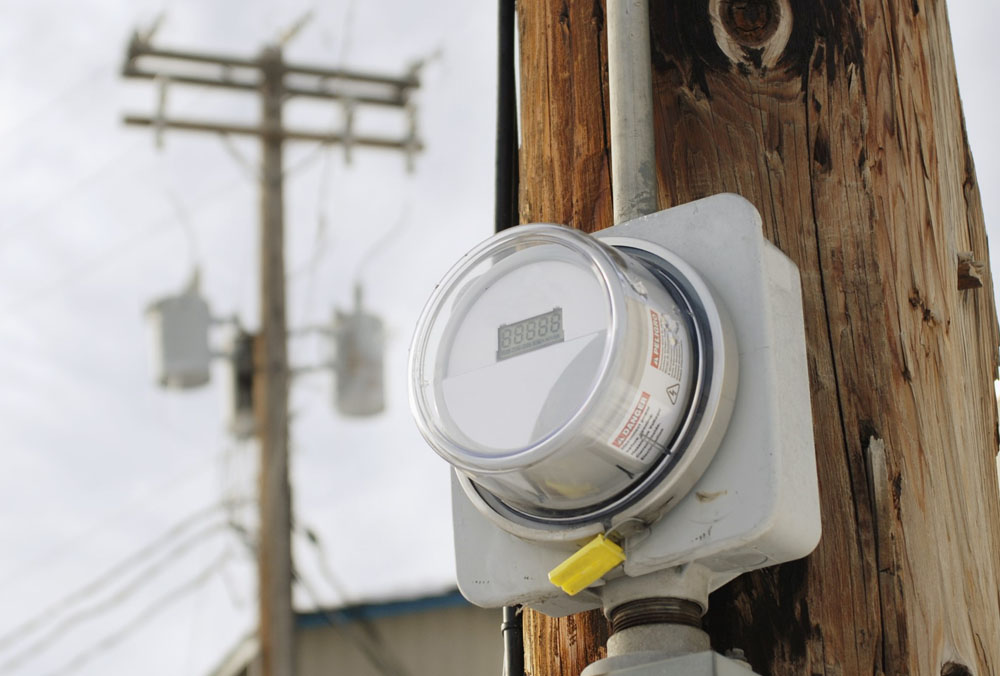Most homeowners know meters are attached to their homes, but have you ever wanted to know more about them?
Here are some common questions and answers about your meter.
- Can I disconnect (or pull) my meter when making home renovations? It is extremely dangerous for anyone to disconnect or “pull” their own meter. Meter tampering can result in electric shock, is illegal and will cost you hundreds of dollars in charges and fees. If you need it disconnected, contact us, and we will have one of our trained meter technicians do this for you.
- Do I own the meter as a homeowner? NREMC installs and owns the electric meter on the outside of your home. It is illegal to tamper with an electrical meter, and it’s dangerous. Remember never to attempt to fix, alter, or tamper with an electrical meter. If you notice your meter has been damaged, call us immediately and keep your distance until we arrive.
- Why don’t I see people (meter readers) reading my meter anymore? Technology advancements have made collecting meter information even easier! Most NREMC meters communicate remotely with boxes installed on nearby electrical poles. This eliminates the need for a person to read each meter, and it also allows us to connect services remotely as well.
- How do I know if my meter is accurate? Meters are tested extensively before being placed and used for your home. Meters have a very long life span, some up to 20 years, before they need to be replaced. NREMC will service your meter when needed.
- What does the meter number mean?
Each electric meter is given a unique number so your power consumption can be identified and billed correctly. Other identifying numbers help us locate your meter and what lines and poles run to it.
- Can meters withstand really cold, hard winters?
Yes. Meters are made for any weather, including heavy snow or ice.
Meters have a history as long as electricity.
Electric meters have come a long way since Thomas Edison's first meter patent in 1881. In those days, meters weighed a strip of copper at the beginning and end of the billing cycle to determine how much electricity passed through. By the end of the 19th century, a counting mechanism was added to make meter reading easier.
Meters continued to evolve over the years. It was in the mid-1930s that manufacturers introduced a standard design, making installation a lot easier for every electric company.
Electronic technologies reached metering in the first analog and digital integrated circuits in the 1970s. This made it easier for NREMC members to record their meter readings on their bills each month.
By the late 1980s, meter technicians used a small handheld device to input members' meter readings. At the end of the day, the devices would be plugged into a computer at the office to send the information to our billing department.
In 1999, NREMC started testing wireless meters with members in Allen County. This enabled meters to communicate using radio towers at our substations. By 2009, all of NREMC's meters had this technology; we use a more evolved method today.
Did you find this interesting and want to learn more about NREMC's history? Check out our Facebook page for Flashback Fridays.

